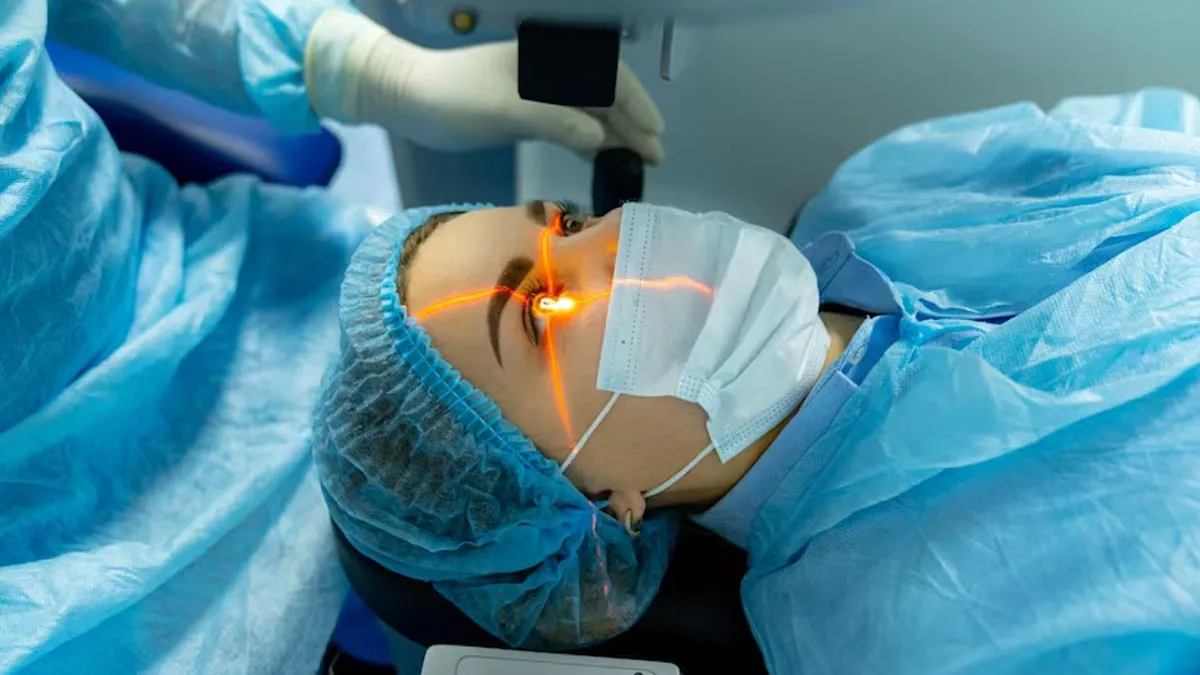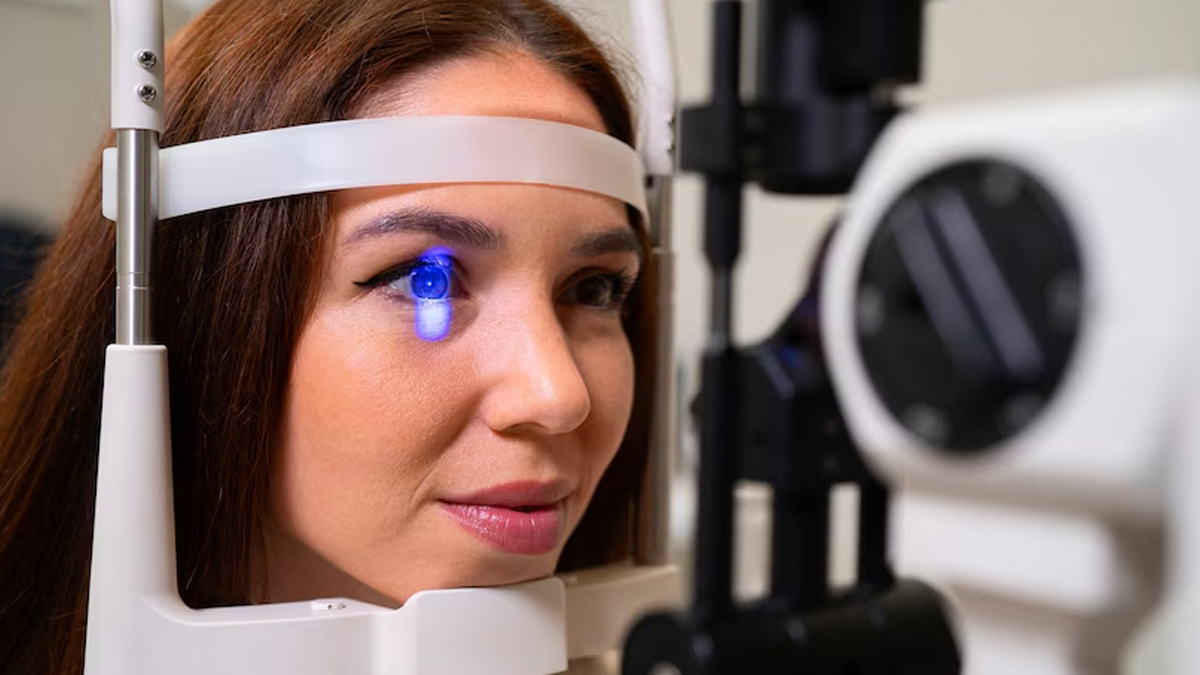
LASIK, or Laser-Assisted In Situ Keratomileusis, is a highly popular and effective surgical procedure for correcting common vision issues such as nearsightedness, farsightedness, and astigmatism. Over the years, LASIK has become a trusted option for millions of people who wish to reduce or eliminate their dependence on glasses or contact lenses. Known for its fast recovery time, minimal discomfort, and permanent results, LASIK offers a life-changing solution for those looking to achieve clearer vision. However, like any procedure, it comes with its own set of pros, cons, and considerations.
Table of Content:-
To understand its pros and cons and whether it is right for your, OnlyMyHealth team interacted with Dr Neeraj Sanduja, MBBS, MS, Ophthalmologist, and Eye Surgeon, Viaan Eye and Retina Centre.
Pros of LASIK Eye Surgery

Improved Vision
LASIK can significantly enhance visual clarity, reducing or even eliminating the need for glasses or contact lenses. Dr Sanduja highlights that most patients achieve 20/25 vision or better post-surgery, offering them the freedom from visual aids.
Quick Recovery
Recovery from LASIK is usually swift. Most patients experience minimal discomfort and return to their regular routines within a few days. Some even notice an improvement in their vision immediately after surgery.
Permanent Results
Once performed, LASIK’s results are generally long-lasting. By reshaping the cornea, LASIK permanently corrects vision for most patients, although minor changes in vision may occur with age.
Reduced Eye Irritation
For those who find contacts uncomfortable or experience eye strain from prolonged screen time, LASIK offers a welcome relief by removing the dependency on corrective lenses.
Broad Candidacy
LASIK is suitable for treating a wide range of vision problems, which makes it accessible to many individuals. Dr Sanduja emphasizes that people with mild to moderate visual issues usually benefit most.
Also read: Opting For LASIK? Here Are Some Questions You Should Ask Your Ophthalmologist
Cons of LASIK Eye Surgery

Potential Risks and Complications
Like any surgical procedure, LASIK has risks. Some patients experience temporary dry eye and visual disturbances, such as halos or glare, which may persist for up to six months after surgery. According to Dr Sanduja, these side effects usually subside over time, but it’s crucial to understand this possibility beforehand.
Cost Considerations
LASIK can be costly, with prices varying depending on the technique and technology used. While many see it as a worthwhile investment for improved vision, it may be prohibitive for some.
Variable Results
Although LASIK is effective for many, results can differ from person to person. Some patients may need an additional procedure (enhancement) to achieve optimal results, especially if they have more severe vision impairments.
What to Expect: The LASIK Journey

Before Surgery
Your LASIK journey begins with a comprehensive consultation. An eye doctor or refractive surgeon will conduct an eye examination to determine your candidacy. This involves measuring your cornea’s thickness, examining your vision prescription, and discussing the risks, benefits, and realistic expectations of the procedure.
During Surgery
The procedure itself is straightforward and usually completed within 15 minutes for both eyes. After numbing drops are applied to your eyes, the surgeon will create a thin, precise flap in the cornea, which is then lifted to allow a laser to reshape the underlying corneal tissue. Once this is complete, the flap is carefully repositioned.
After Surgery
Most patients experience a short recovery time, ranging from a few days to a few weeks, depending on individual healing. Regular follow-up appointments are essential to monitor progress and ensure optimal healing. In some cases, medications for dry eye or discomfort may be prescribed.
Also read: What Is The Right Age For LASIK Surgery? Expert Answers
Who is a Good Candidate for LASIK?
LASIK is generally recommended for:
- Adults over 18 with stable vision
- Individuals with mild to moderate vision problems (between -1 to -12 diopters)
- Patients with good overall eye health
Dr Sanduja advises that individuals with eye conditions like severe dry eye or thin corneas may not be suitable candidates for LASIK and should explore alternative vision correction options.
Alternatives to LASIK
If LASIK isn’t right for you, there are other vision correction procedures to consider:
PRK (Photorefractive Keratectomy) – A similar laser-based procedure without the corneal flap.
Implantable Lenses (IOLs) – Lenses surgically inserted into the eye for long-term vision correction.
Refractive Lens Exchange – Replacing the eye’s natural lens with an artificial one, often used for age-related vision correction.
Conclusion
LASIK eye surgery offers significant vision improvement and convenience, but it’s essential to weigh the benefits and potential risks. Dr Sanduja emphasizes the importance of a thorough consultation with an eye care professional to discuss your expectations and suitability for LASIK. While the procedure is life-changing for many, making an informed decision will ensure the best possible outcome for your vision.
Also watch this video
How we keep this article up to date:
We work with experts and keep a close eye on the latest in health and wellness. Whenever there is a new research or helpful information, we update our articles with accurate and useful advice.
Current Version